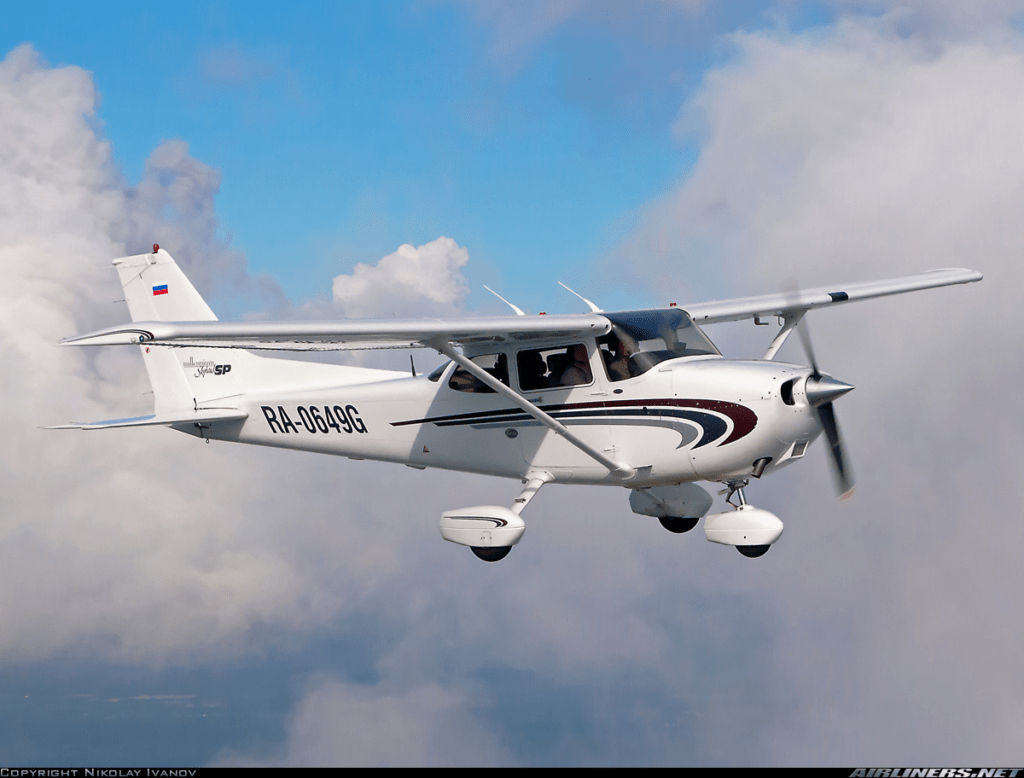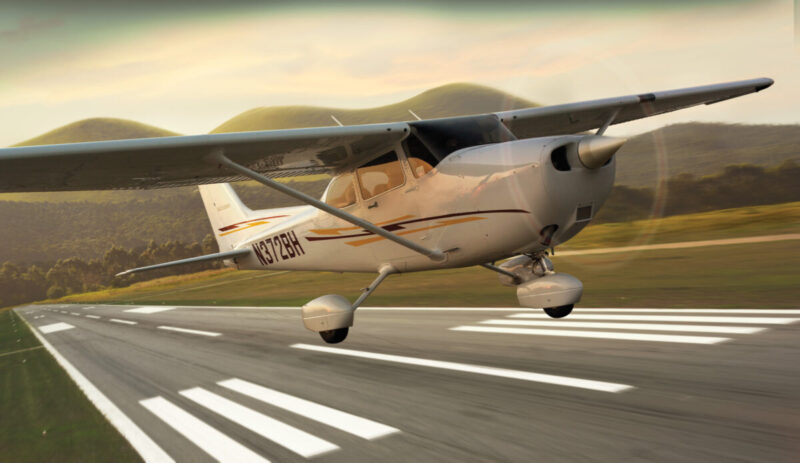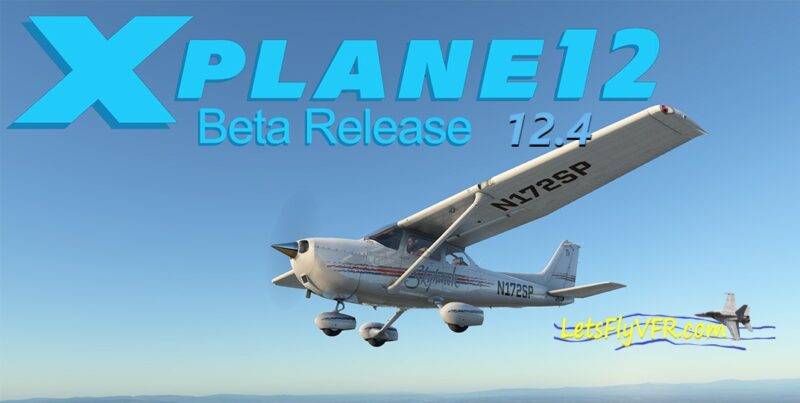The Ultimate Guide to the Cessna 172: Specs, History, Safety, and Flying Tips.

The Ultimate Guide to the Cessna 172: Specs, History, Safety, and Flying Tips all in one place! The Cessna 172 Skyhawk is among the most iconic aircraft in aviation history. Known for its reliability, forgiving flight characteristics, and widespread use in pilot training, the Skyhawk has earned its place as the world’s best-selling aircraft.
This blog delves deep into the Cessna 172’s performance specifications, history, safety record, critical speeds, and unique flying attributes, including potential dangers and prohibited maneuvers.
The Ultimate Guide to the Cessna 172 – A Brief History of the Cessna 172
Introduced in 1956, the Cessna 172 was developed as a tricycle-gear version of the taildragger Cessna 170. This shift to a nosewheel design revolutionized general aviation by offering easier ground handling and making it more appealing to novice pilots. The first production model, the Cessna 172, featured a Continental O-300 engine producing 145 horsepower, delivering steady performance and reliability.
Over the decades, the Cessna 172 has undergone numerous updates and variants. The Skyhawk has remained a cornerstone in private, commercial, and flight school fleets, with over 44,000 units produced as of 2024. Its versatility makes it suitable for both training and recreational flying, and it’s often used for aerial photography, surveying, and light cargo transport.
The Ultimate Guide to the Cessna 172 – Performance Specifications
The modern Cessna 172, such as the Skyhawk SP, offers solid performance for general aviation pilots. Below are the key performance figures for the Cessna 172S:

- Engine: Lycoming IO-360-L2A (180 horsepower)
- Fuel Capacity: 56 gallons (53 usable)
- Cruise Speed: ~124 knots (230 km/h)
- Maximum Speed: 163 knots (302 km/h)
- Range: ~640 nautical miles at 55% power
- Service Ceiling: 14,000 feet (4,267 meters)
- Rate of Climb: ~730 feet per minute
- Takeoff Distance: ~1,630 feet (ground roll)
- Landing Distance: ~1,335 feet (ground roll)
Critical Y Speeds
Understanding and adhering to the critical speeds (commonly called “V-speeds”) is essential for safely operating any aircraft. Below are the critical speeds for the Cessna 172:

- Vso (Stall Speed, Landing Configuration): 40 knots
- Vs1 (Stall Speed, Clean Configuration): 48 knots
- Vr (Rotation Speed): 55 knots
- Vx (Best Angle of Climb): 62 knots
- Vy (Best Rate of Climb): 74 knots
- Vfe (Maximum Flap Extended Speed): 110 knots (10°) / 85 knots (20-30°)
- Va (Maneuvering Speed): ~105 knots (depending on weight)
- Vno (Maximum Structural Cruising Speed): 129 knots
- Vne (Never Exceed Speed): 163 knots
Knowing these speeds ensures pilots can handle various flight conditions, including stalls, takeoffs, and landings.
Safety Record
The Cessna 172 is widely considered one of the safest general aviation aircraft, largely due to its stable design, predictable handling, and forgiving stall characteristics. Pilots often describe it as “docile,” making it ideal for beginners and forgiving of minor errors.

However, the safety of the aircraft still depends on pilot proficiency and adherence to regulations. Common safety issues include:
- Fuel Mismanagement: The Cessna 172’s range and fuel efficiency are impressive, but miscalculations or improper fuel management can lead to fuel exhaustion incidents.
- Weather Encounters: While capable in mild instrument conditions, the 172 is not equipped to handle severe icing or thunderstorms.
- Overloading: Exceeding the maximum gross weight compromises performance, particularly during takeoff and landing.
Despite these risks, most accidents involving the Cessna 172 are attributed to pilot error rather than mechanical failure.
Flying Attributes
Pilots love the Cessna 172 for its stability, excellent visibility, and predictable handling. Some key attributes include:
- Stable Platform: The high-wing design provides exceptional lateral stability, making it easier to recover from inadvertent stalls.
- Forgiving Stalls: The 172 exhibits benign stall characteristics with ample warning signs, such as buffeting, making recovery straightforward.
- Easy Landings: Thanks to its tricycle landing gear and forgiving nature, landing the Cessna 172 is often easier compared to other small aircraft.
Known Dangers and Prohibited Maneuvers

While the Cessna 172 is a robust and forgiving aircraft, there are limits to what it can safely do. Some potential dangers and prohibited maneuvers include:
- Prohibited Aerobatics: The Cessna 172 is not certified for aerobatic flight. Maneuvers like spins, loops, and rolls are not permitted unless the aircraft has been modified and certified for such activities.
- Spins: Although the 172 can recover from spins, they are not part of normal operations and require careful training to avoid potential dangers. Spin recovery training in a certified aircraft is essential for pilots who may inadvertently enter a spin.
- High-Density Altitude: At high elevations and temperatures, the aircraft’s performance decreases significantly, which can lead to dangerously long takeoff distances and reduced climb rates.
- Crosswind Landings: While manageable, pilots must be cautious during strong crosswind conditions, as improper technique can lead to runway excursions or hard landings.

Cessna 172 Pilot Operating Manual
To ensure safe and efficient operation, every pilot should be familiar with the Pilot Operating Handbook (POH) for their specific Cessna 172 model. The POH contains detailed information on:
- Normal and emergency procedures
- Weight and balance limits
- Performance charts
- Systems descriptions
Here’s a link to a sample Cessna 172 POH (model-specific manuals may vary, so always refer to the one for your aircraft Also Click Manual Picture. Note this is a direct DOwnload & NOT a link to another site.
- Latest CPU’s Available Now – Amazon.com
- Get a NEW GPU Best Performance – AMAZON.com
- Upgrade RAM Here today – AMAZON.com
- Prebuilt PC Options – AMAZON.com
The Ultimate Guide to the Cessna 172 – Conclusion

The Cessna 172 Skyhawk has set the gold standard in general aviation for over six decades. Its reliability, safety, and versatility make it a favorite among student and recreational pilots alike. By understanding its performance, critical speeds, and limitations, pilots can safely enjoy all that this legendary aircraft has to offer.
Whether you’re taking your first flight or enjoying a cross-country journey, the Cessna 172 remains an outstanding choice in the skies.
Author
Brendon McAliece (Aka Gunnie) is a military veteran with 23 years working on Jet Fighters, their weapons systems and ejection seat/module systems as well as munitions and R&D. Involved with flight simulation since the 1980s, he has flown all the major flight simulators over the years.
He is an Australian expat who has lived in Malaysia, UK, Saudi Arabia and more recently Thailand. He is a multi-lingual blogger who loves to share his life experiences here on LetsFlyVFR.com and DreamingGuitar.com, with his lifestyle and Travel experiences Blog plus his Dreaming Coffee website.
Learn More @ DreamingGuitar.com – DreamingCoffee.com – LetsFlyVFR.com
( HOME – BLOG – SHOP – ABOUT )
As an Amazon affiliate I may benefit from qualifying sales.









